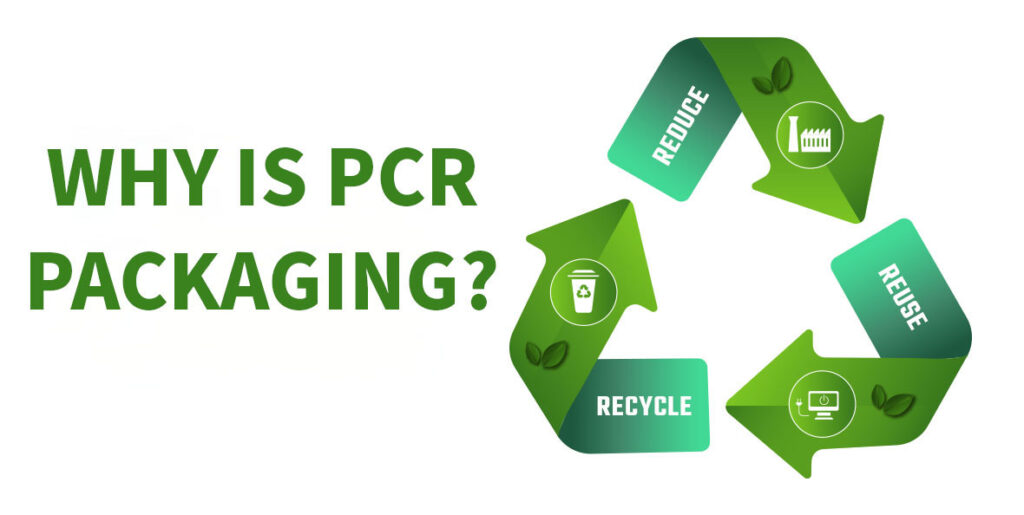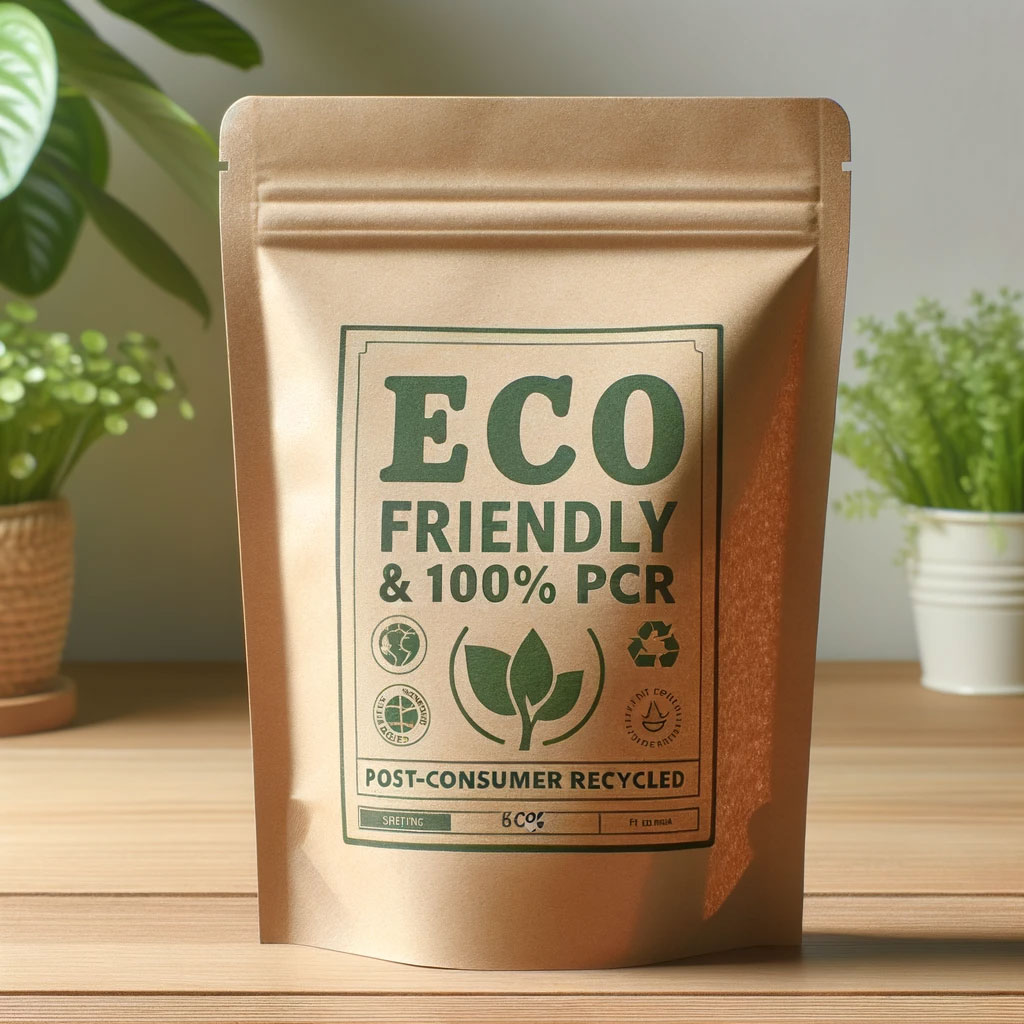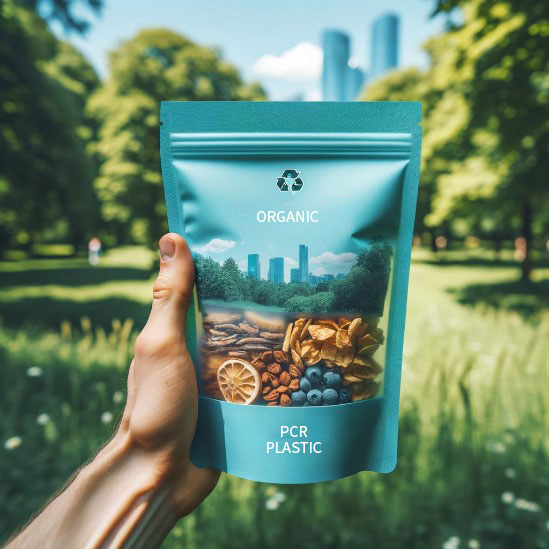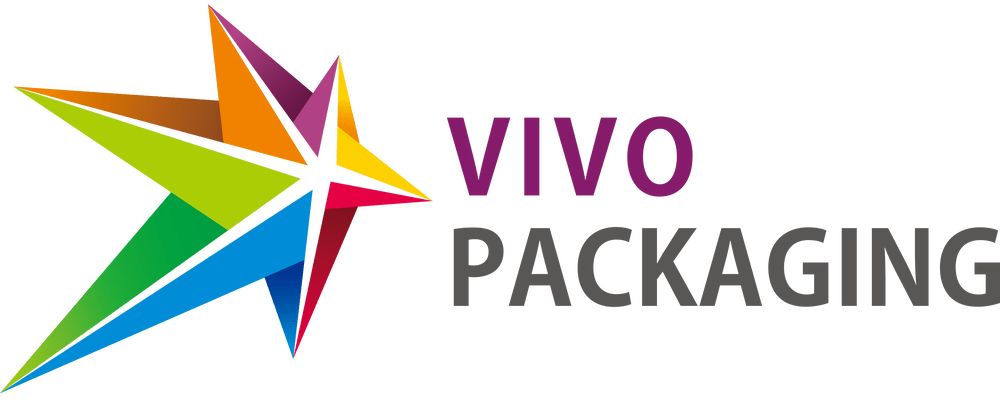$0.00
Evolving Towards Green: The Rise of Post-Consumer Recycled (PCR) Packaging

Increasingly, both discerning consumers and companies in the packaged goods sector are pivoting towards sustainability, aiming to cut down on waste and reduce energy consumption. As the eco-conscious consumer base grows, meeting sustainability objectives is paramount for brands.
When examining packaging alternatives, the trend is clearly leaning towards environmentally friendly solutions. Recyclable and compostable packaging have been familiar choices for sustainable packaging. However, a rising contender in this space is post-consumer recycled (PCR) packaging.
What Exactly Is Post-Consumer Recycled (PCR) Packaging?
PCR, or post-consumer recycled content, is derived from everyday items that we recycle, like aluminium, cardboard, paper, and plastic containers. Typically, these are amassed through municipal recycling programmes, then transported to specialised facilities for sorting by material type. After sorting, these plastics are converted into pellets, ready to be reformed into new products. This revitalised PCR plastic can then be employed for various end products, including plastic pouches and plastic bottles.
How Is PCR Packaging Distinct from Recyclable and Compostable Options?
PCR packaging, recyclable and compostable options are all sustainable, but they have distinct processing methods and benefits.
PCR packaging is crafted from sheets made of recycled content. Since it’s already recycled, PCR packaging often isn’t recyclable again. This means brands can address their green objectives without relying on post-consumer actions.
On the other hand, recyclables can be repurposed multiple times. However, its environmental advantages are contingent on the consumer’s awareness and action in recycling the product.
Compostables, meanwhile, are designed to degrade fully in compost environments without leaving harmful residues. For plastic to be labelled compostable, it should disintegrate at a similar rate as paper. Its challenge lies in the limited access many consumers have to appropriate composting setups.

Why Choose PCR Packaging?
All environmentally respectful packaging choices are commendable, but PCR packaging stands out for several reasons.
Primarily, PCR materials are an excellent choice for brands seeking green, flexible packaging solutions adaptable to formats like plastic pouches and bottles. They’re versatile, catering to sectors from confectionery to sports nutrition.
Furthermore, PCR packaging maintains the standards set by traditional flexible packaging. It ensures product protection by offering barriers against light, oxygen, and other potential hazards.
Most importantly, adopting PCR packaging can dramatically reduce a company’s environmental footprint, minimising landfill waste and fulfilling overarching green targets.
PCR packaging is a user-friendly, sustainable option. Unlike its counterparts, it doesn’t necessitate specific actions from the end consumer.

Currently, Vivo Packaging offers PCR plastic pouches and bottles. These products are not only a testament to the brand’s commitment to eco-friendliness but also innovation, as they incorporate up to 45% PCR resin.
One might notice that PE integrated with PCR resin has a slightly different visual and tactile quality compared to standard PE. This variation can manifest as a subtle difference in colour, opacity, or texture. However, it’s essential to view this in the broader context of environmental benefits. By choosing this variant of PE, one is actively participating in a more sustainable and responsible consumption pattern.
The slight change in appearance or feel, therefore, isn’t a drawback but rather a hallmark of a product that’s aligned with modern eco-conscious values. It’s a reminder that every choice, no matter how small, contributes to a more sustainable future. In essence, choosing Vivo Packaging’s PCR-based products is a nod to an eco-friendly choice, even if it means a minor trade-off in aesthetics.
Request a Quote
To request an accurate quote from us, please fill out the form below. If you have any questions about using this form, please send an email to info@vivopak.com.au
Order Process
Choose the product you wish to customise
We assess the viability of the request and identify the required raw materials with production processes
We provide detailed price quote for the customised product of your preference
Submit your completed design to us, and we will review it to ensure it aligns with our printing specifications
We will determine the final price quote and subsequently provide you with an invoice for payment.
We provide you with mockups for approval before commencing production.
Your order will be shipped through air or sea freight upon the completion of production.
Join our newsletter for 10% off your first order
Get our emails for info on new items, sales and much more.

Vivo Packaging Pty Ltd
Aussie Warehouse:
4 Tasman Ct, Keysborough VIC 3173, Australia
Monday – Friday: 9.30am – 5.30pm
Visitors By Appointment Only

